Warning: Undefined global variable $tab_count in /home/iamjaych/public_html/wp-content/themes/flatsome/inc/shortcodes/tabs.php on line 81
Warning: Undefined global variable $tab_count in /home/iamjaych/public_html/wp-content/themes/flatsome/inc/shortcodes/tabs.php on line 83
Co-Working space, or serviced office, is new modern style for startups nowadays. But to make it more interesting, I found a place in KL with such element: The Entrepreneurs’ Lab. From my 2 hours tour, I concluded my observation into 5:
1. The Atmosphere:
Professionalism (yet stimulate fun and excitement) and office space view internally as well as externally.
The first impression is everything, the lobby (main entrance) of the building is consists of its e-directory with interactive screen:
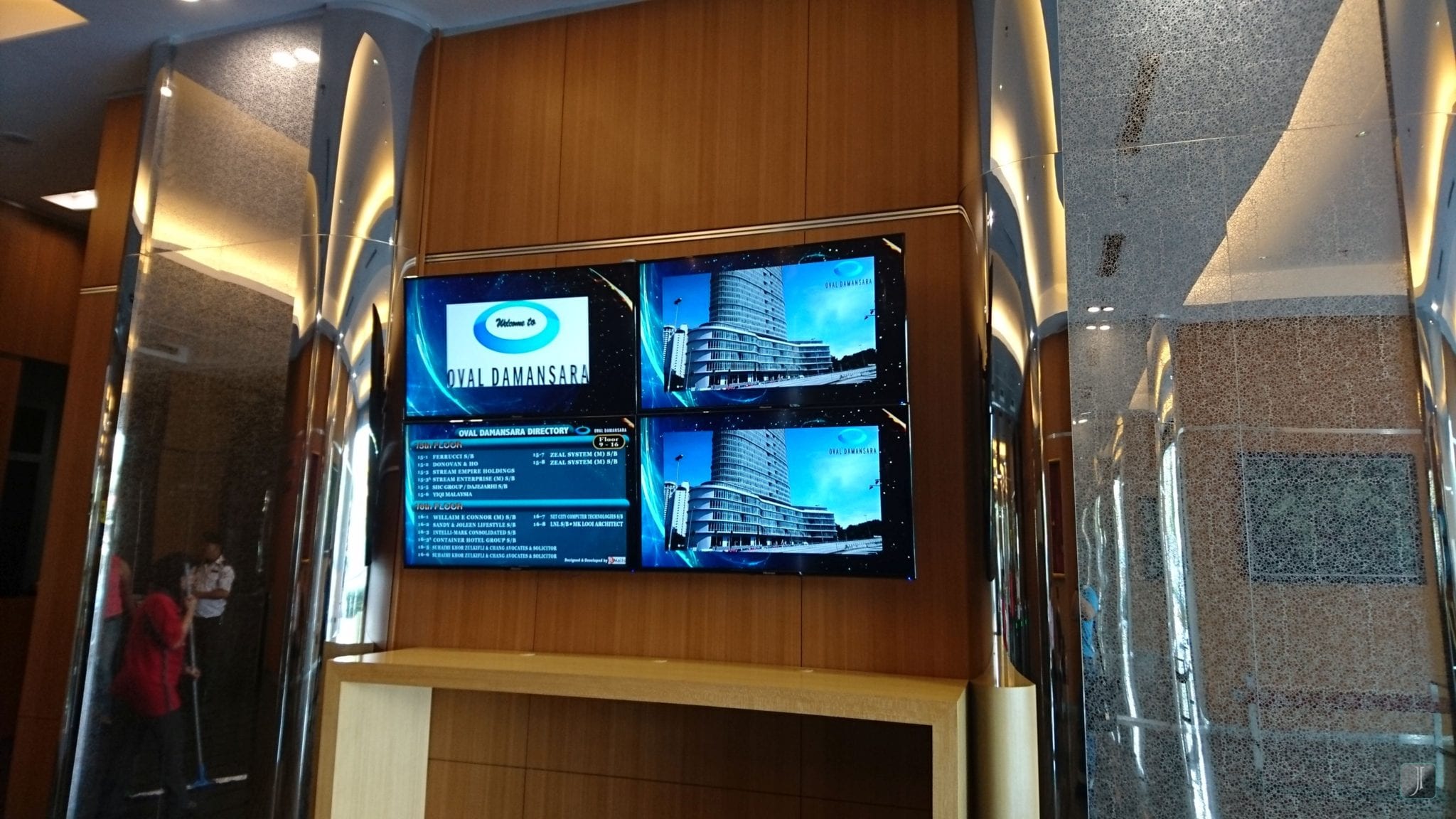
Enterprise-grade design and services, giving your visitor awesome first impression!
From the very enterprise-grade lobby and security guards, you can ensure your visitor wouldn’t have lost at the very first entrance.
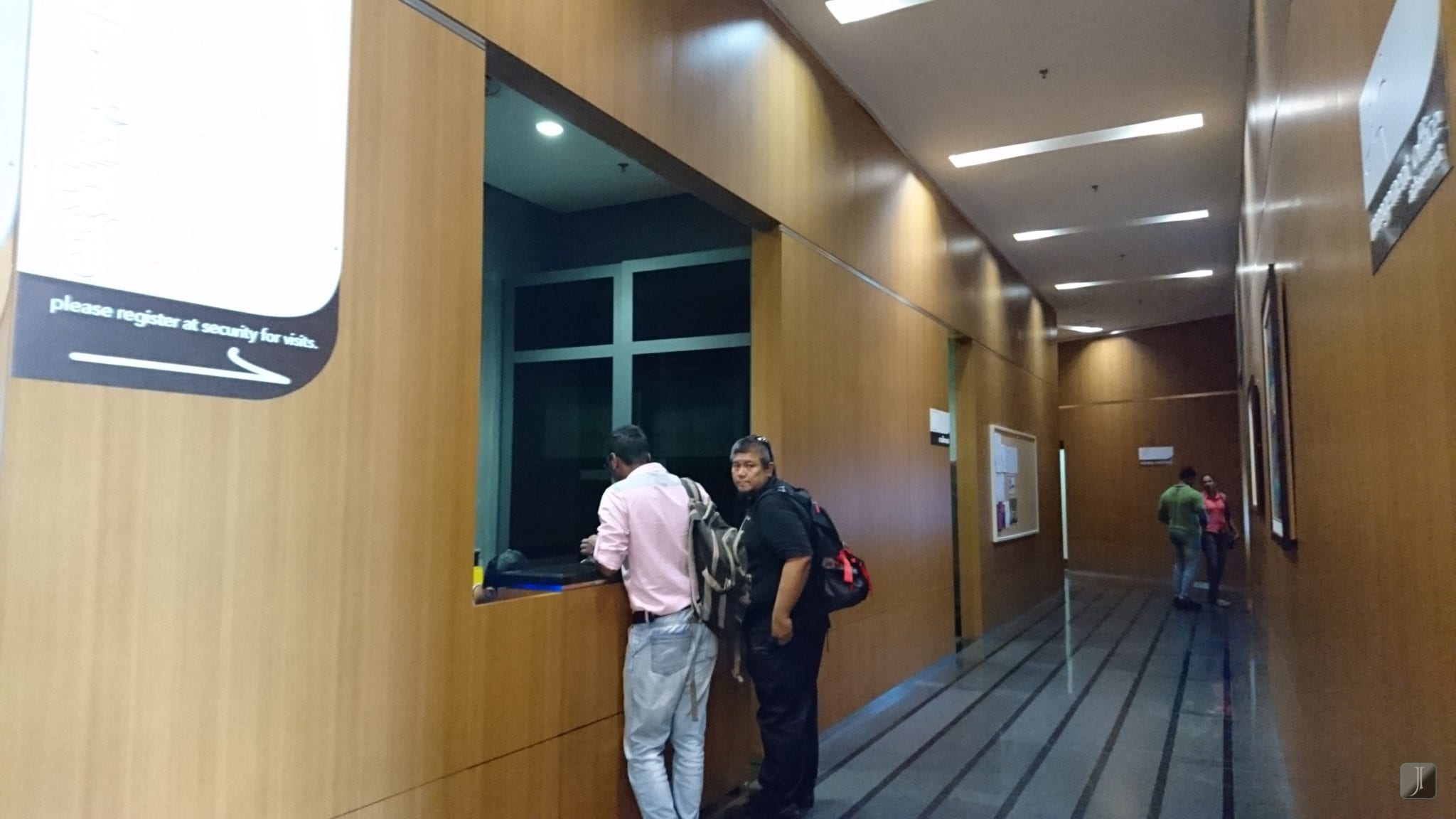
2. Infrastructure:
The MAJOR concern of today’s start-up© and corporate operation – Internet Connection. With business Unifi (UniFi is an amalgamation of “Uni” which denotes togetherness and camaraderie, while “Fi” symbolises fibre optics) installed, you have worry-free on having 5 start-ups sharing the network;
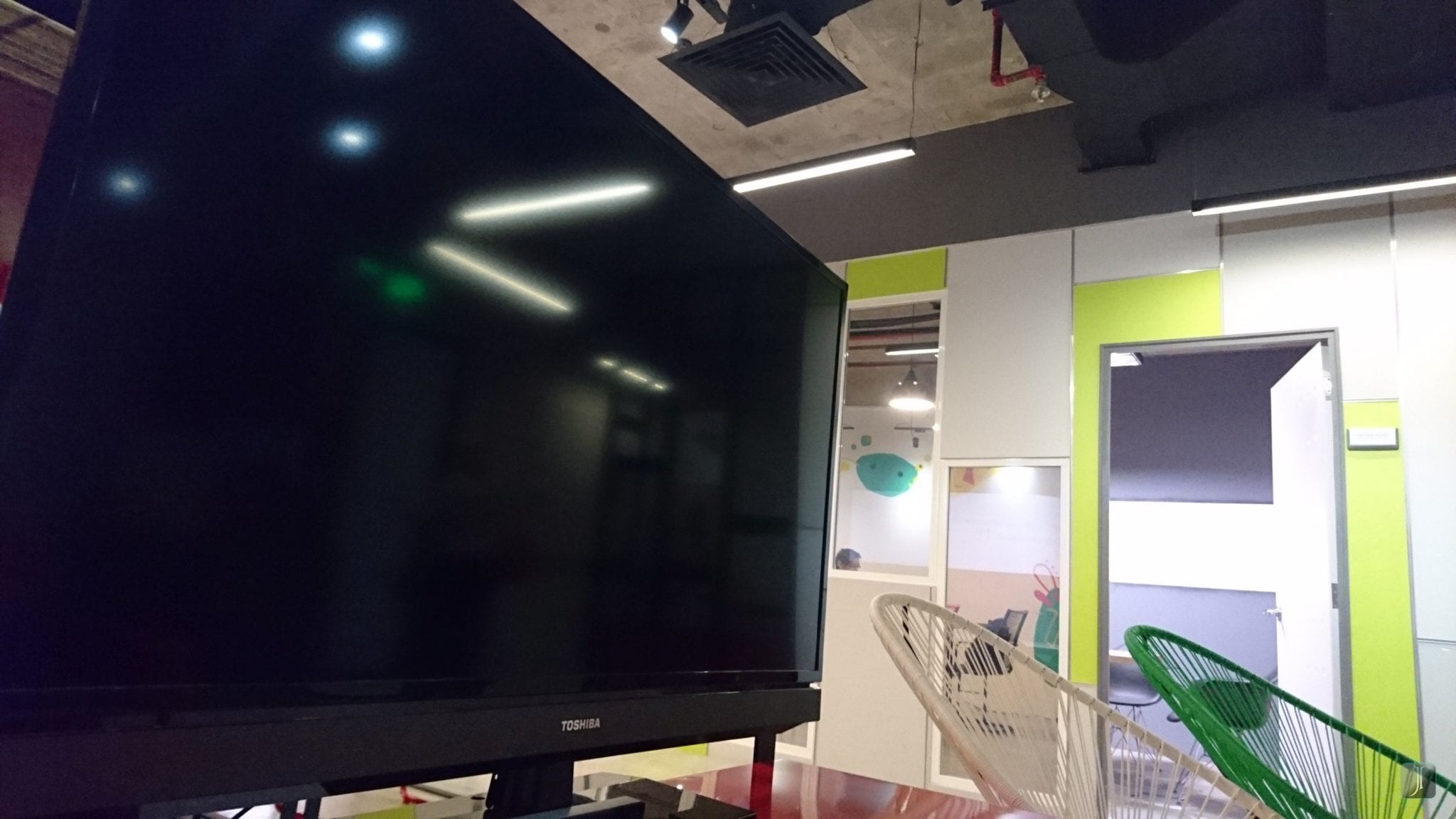
Zappos and the Downtown Project have continued experimenting with the area and are using a new metric: “collisionable hours,” or the number of probable interactions per hour per acre. Hsieh’s goal is to reach 100,000 collisionable hours per acre in the neighborhood—about 2.3 per square foot per year.
Zappos uses a new metric—“collisionable hours”—to measure a space’s effectiveness.
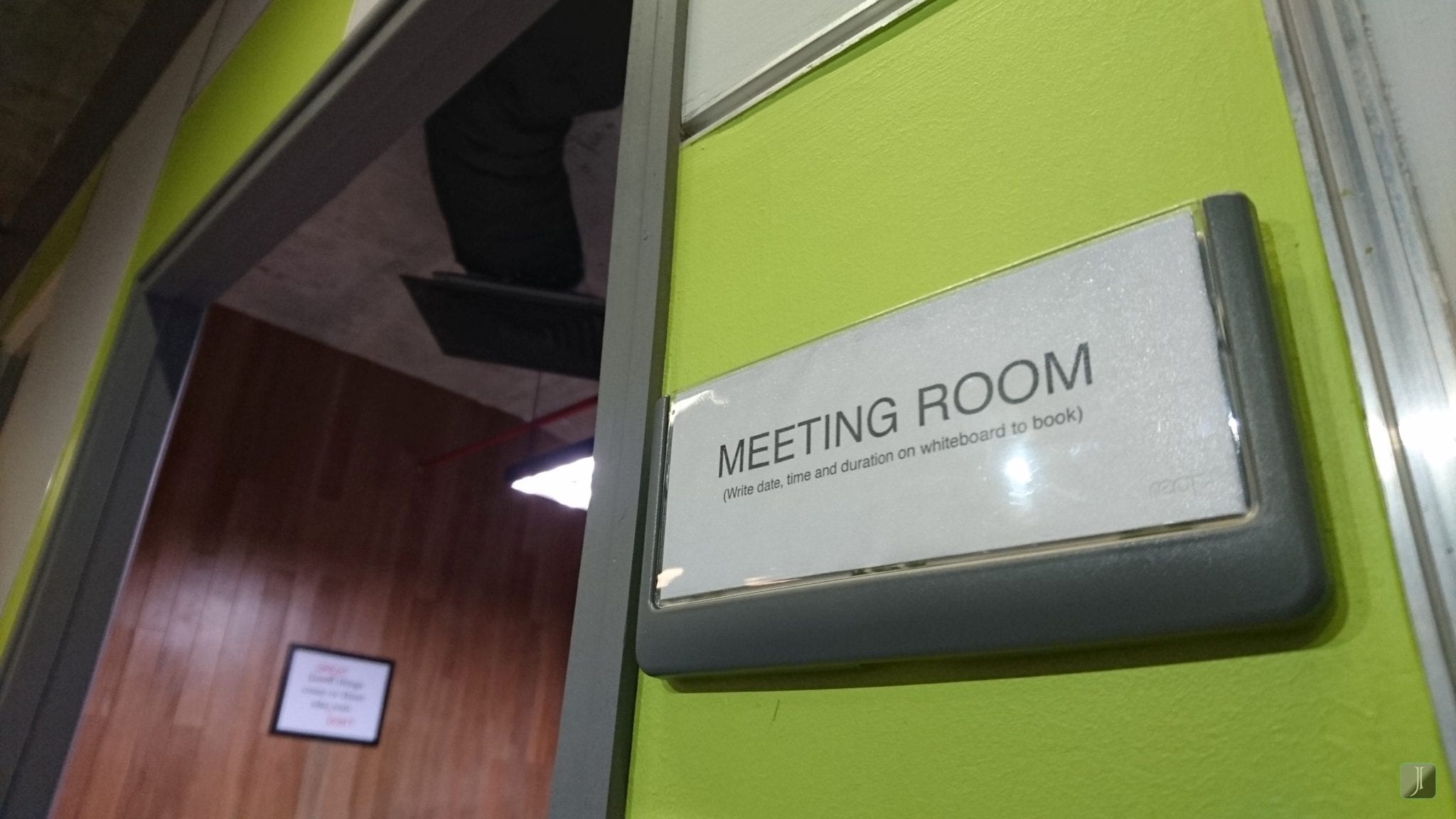
Besides all necessities (those basics like water, power outages issue, washroom cleanliness), the other essential you need to consider is: RECOGNITION. You need an office address that will give better impression; a place that everybody likes and well-known.
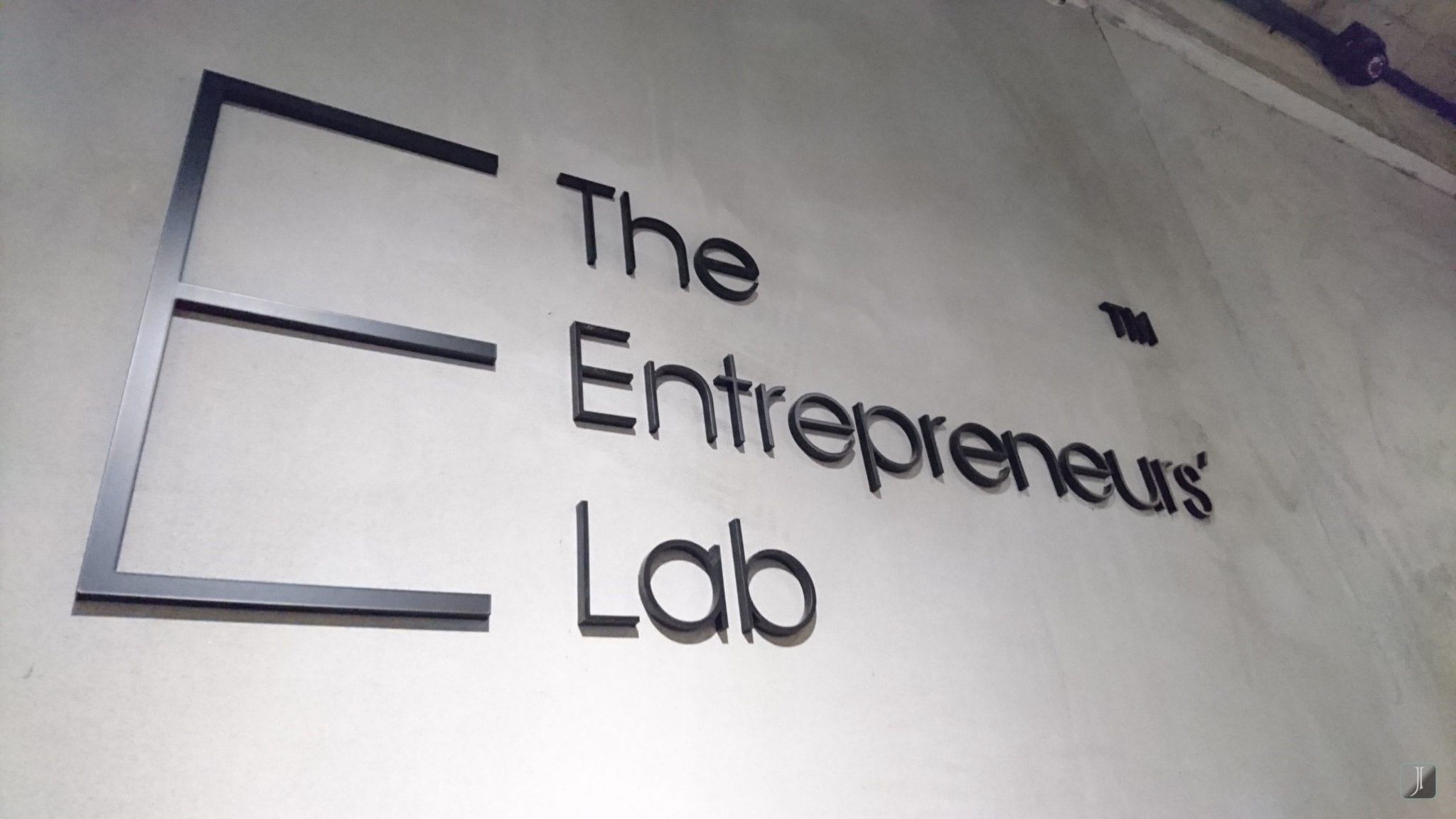
The Entrepreneurs’ Lab: The names tell it’s all. It’s the next legend start-up kitchen; It’s the lab that will change the way you work with your team.
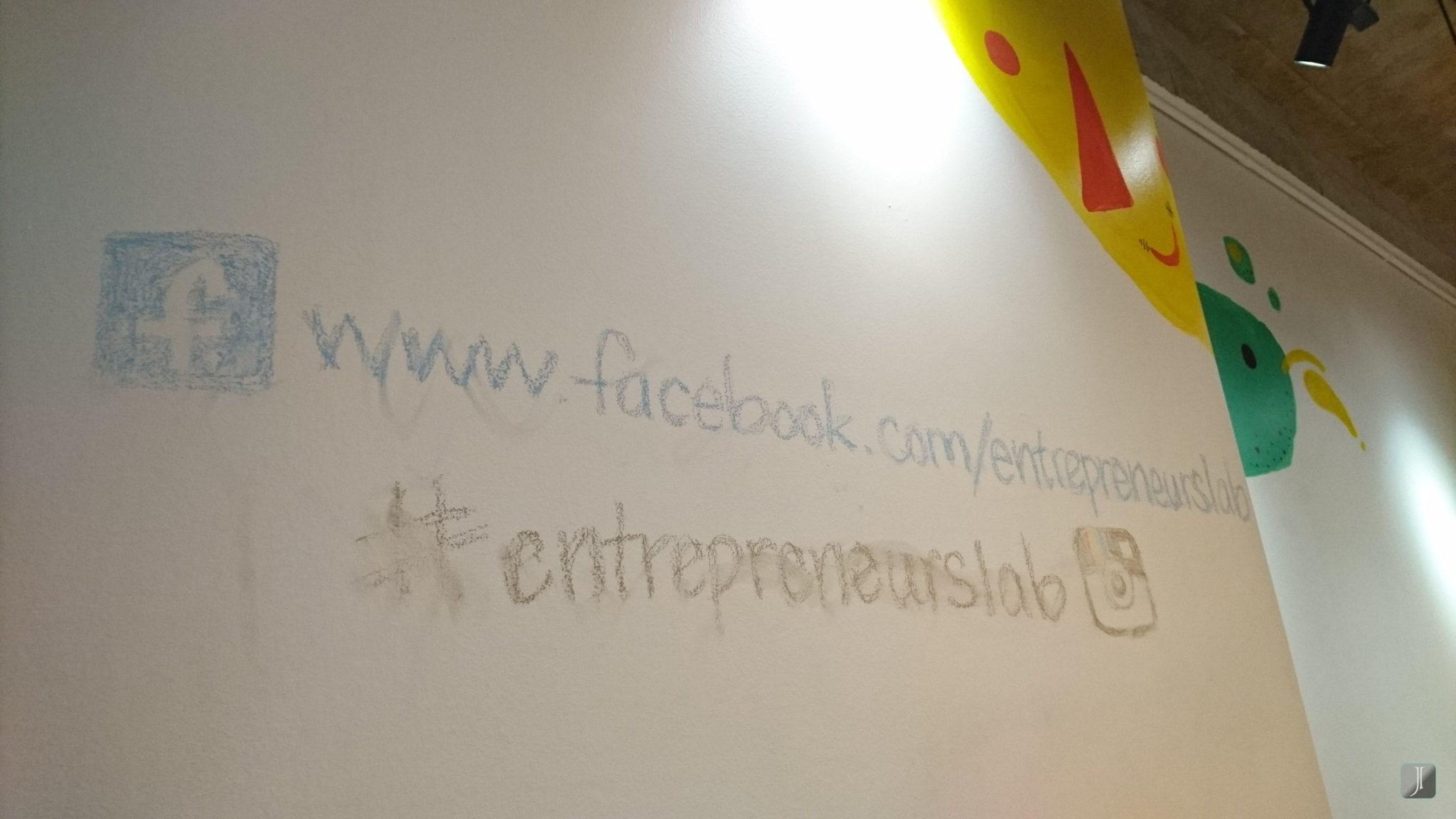
3. Network:
Management Team & it’s opportunities rises within the people who sharing the same goals.
Chance encounters and interactions between knowledge workers improve performance.
As start-up or even established corporate, we know that we can learn a lots from the successful one; Mr. Pin (Lee Earn Pin – the owner), who published the book “Confessions of a Web Developer: Guide to Online Business” back to 2010, is a visionary entrepreneur who passionate in Traveling with Working.
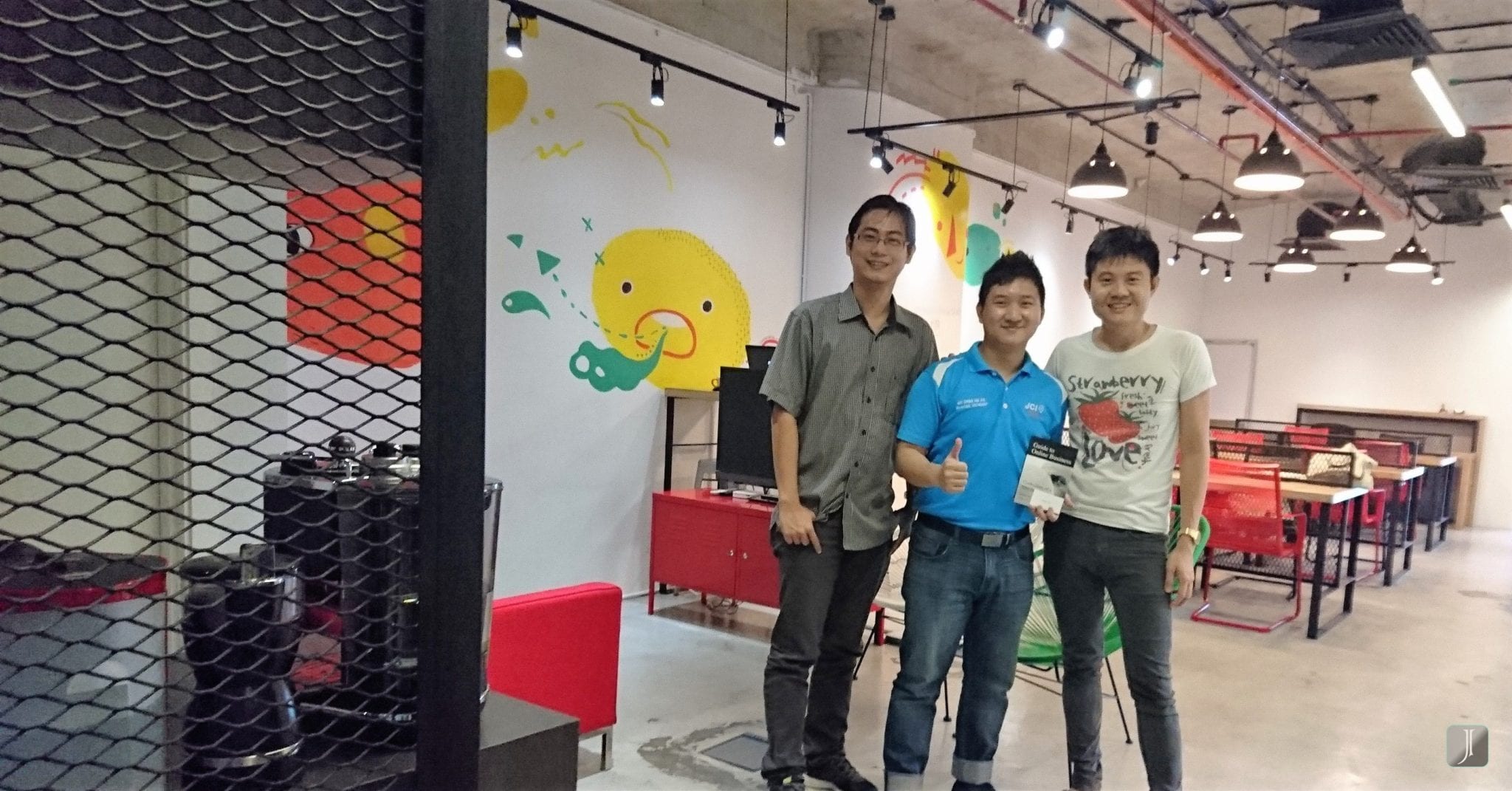
4. Pricing/Cost:
By 2013, according to data from Emergent Research, more than 160,000 people were using several thousand coworking spaces in the United States and Europe. The organization forecasts that in five years more than one million people will be using 12,000 coworking spaces globally. Another survey showed that by 2014, 72% of participants were forecasting an increase in their income.
[lefttab] [/lefttab]By 2014, 72% of those who used coworking spaces were forecasting an increase in their income.
5. Location:
To get direction, simply type “The Entrepreneurs’ Lab” at your Google map or Waze (or any other navigation software/device you use), you shall found it easily.
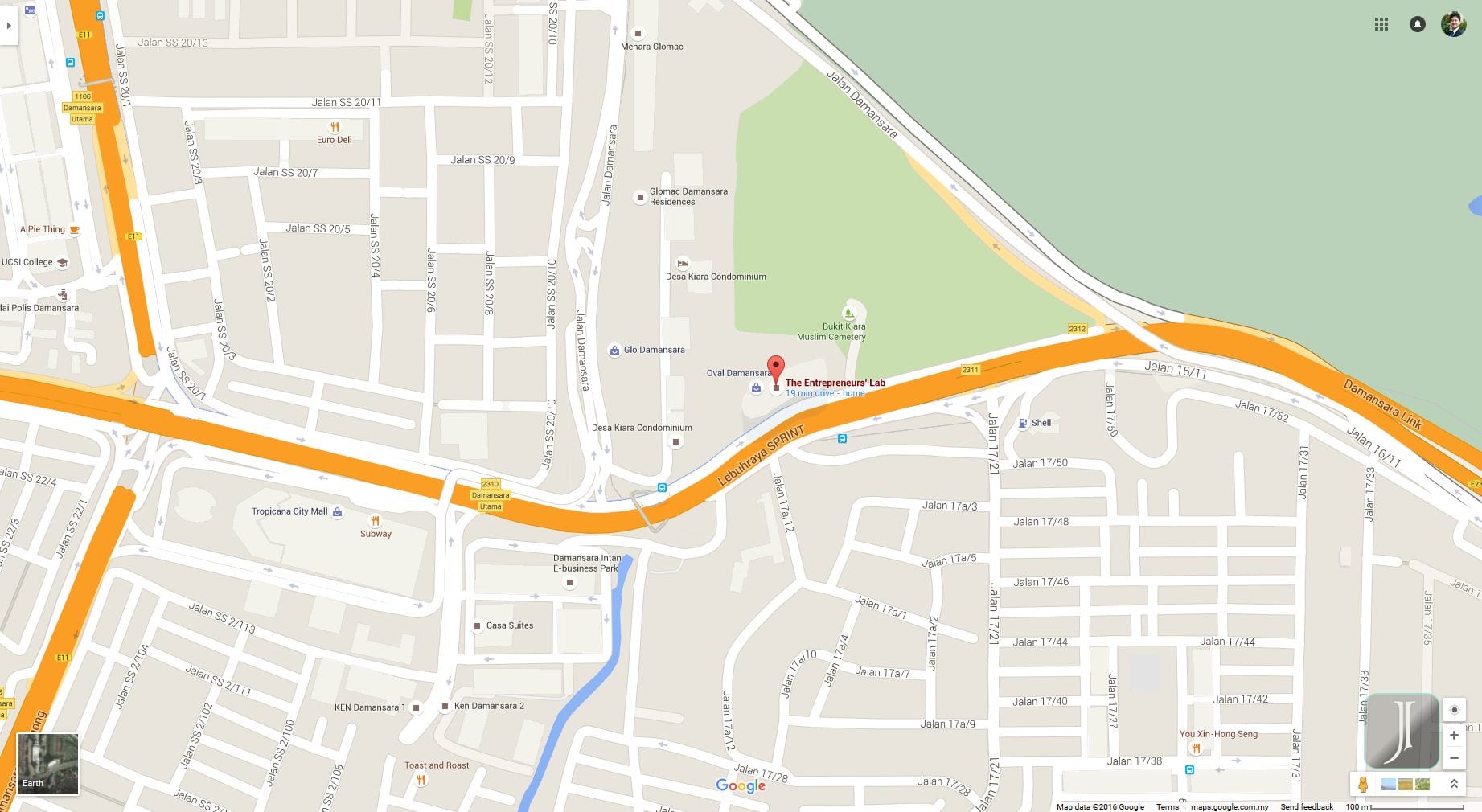
Located at Oval Damansara, it’s impressive design can be seen before you even enter the building.
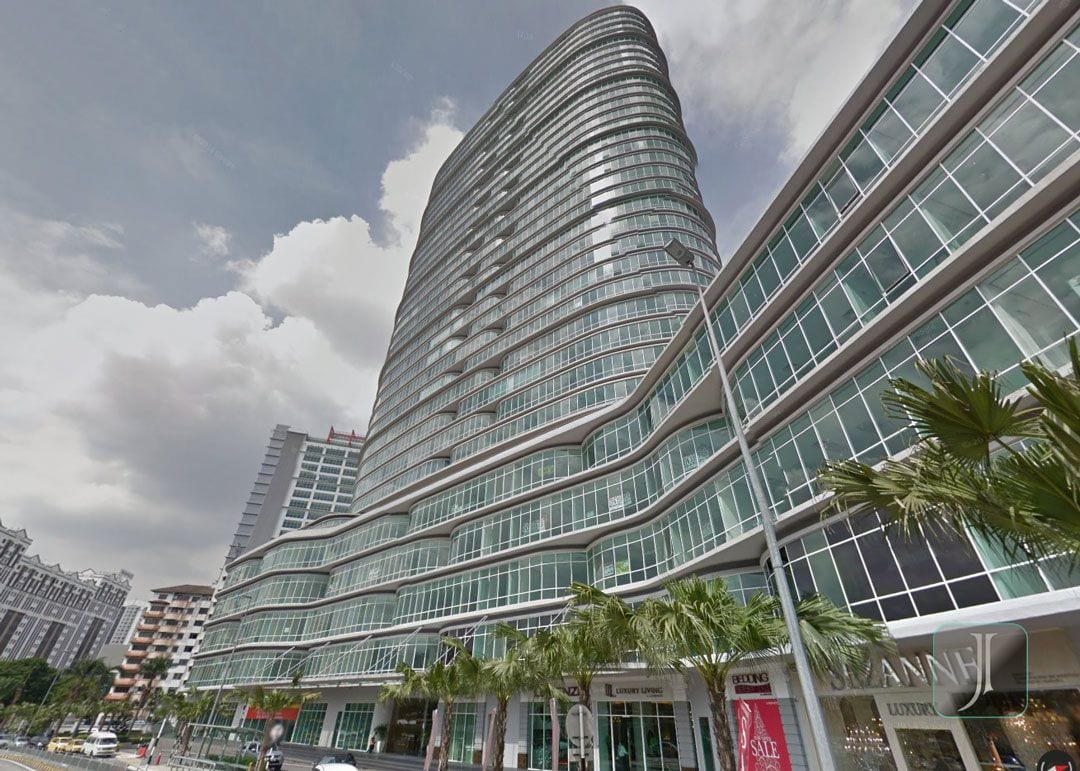
0. EXTRA: Strategic Coffee Machines
Jon Fredrik Baksaas, the CEO of the Norwegian telecommunications company Telenor, credits the design of the company’s Oslo headquarters with helping it shift from a state-run monopoly to a competitive multinational carrier with 150 million subscribers. That design, he says, improved communication, accelerated decision making, and even created what he calls “an attacking mind-set.” It was ahead of its time in 2003, when it incorporated “hot desking” (no assigned seats) and spaces that could easily be reconfigured for different tasks and evolving teams.
Telenor’s CEO thinks of its headquarters not as real estate but as a communication tool.
The design features that make the space effective resulted from a profound shift in mind-set: Baksaas thinks of the offices not as real estate but as a communication tool. Thus strategy, features, and value become more important than cost and efficiency. You’d choose the e-mail provider with the best collaboration and file-transfer features; you can think of space investments the same way.
The improved communication Telenor achieved in its new space can be explained by Alex “Sandy” Pentland’s April 2012 HBR article, “The New Science of Building Great Teams.” Pentland deployed badges (the same kind now used by Ben Waber’s firm) that track how people talk to one another, who talks with whom, how people move around the office, and where they spend time. (Devices were worn on an opt-in basis, and individual data were anonymous and unavailable to employers.) Pentland identified three key elements of successful communication: exploration (interacting with people in many other social groups), engagement (interacting with people within your social group, in reasonably equal doses), and energy (interacting with more people overall).
Spaces designed to promote these activities increase the likelihood of collisions—and the data repeatedly demonstrate that more collisions create positive outcomes. We don’t measure the content of interactions, but that doesn’t matter. When collisions occur, regardless of their content, improvement typically follows.
*this is sponsored article
